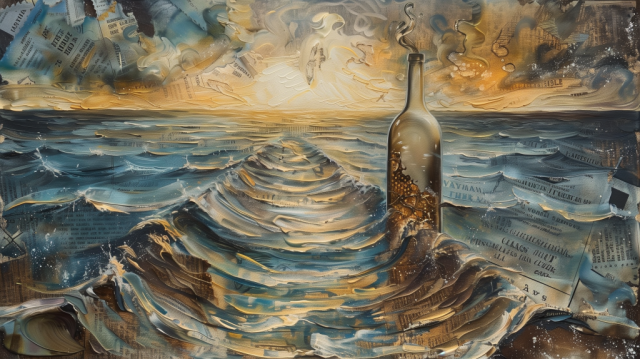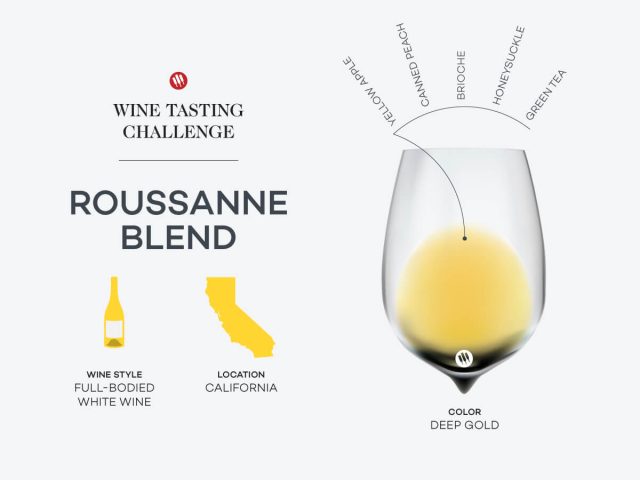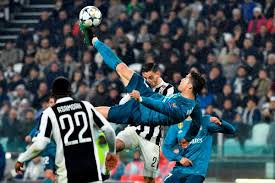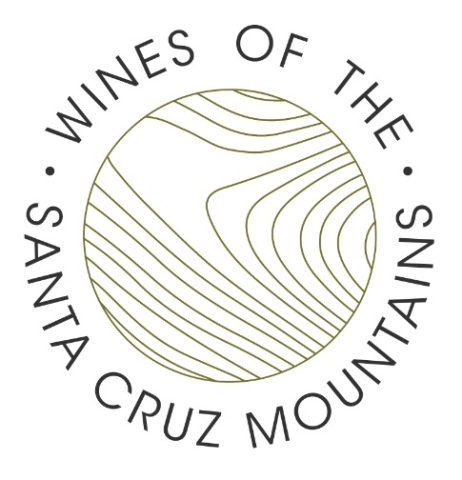Why I Support Ingredient Labeling for Wine : Vinography
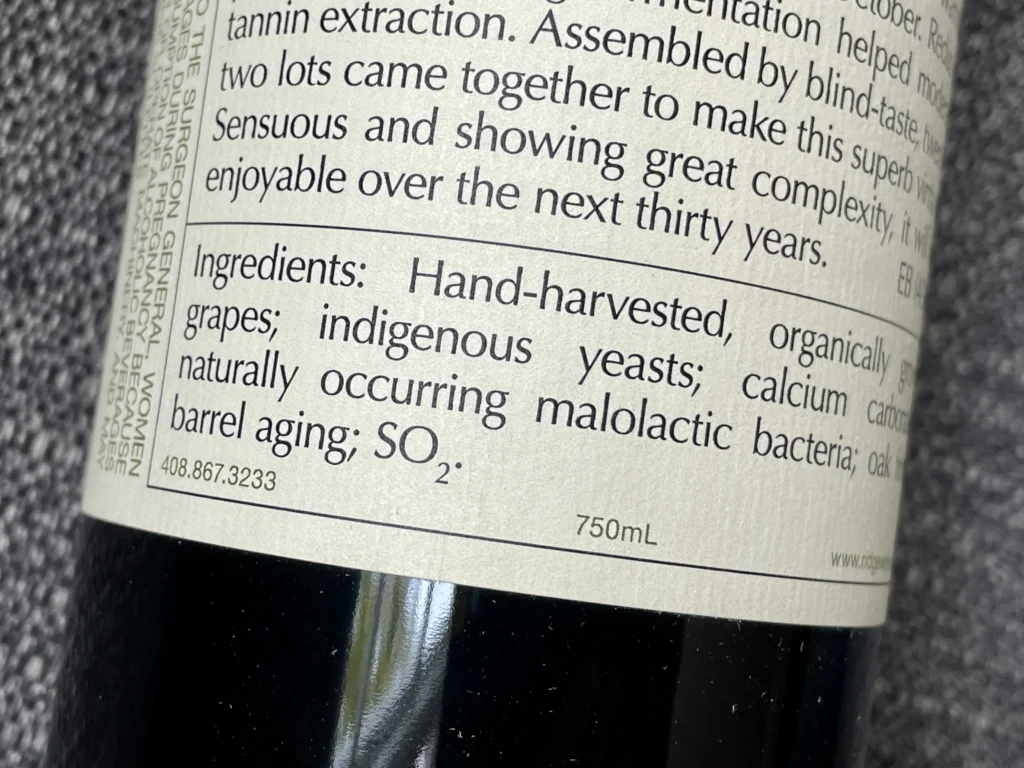
This week the Alcohol and Tobacco Tax and Trade Bureau, known as the TTB, published notice 232, asking for public comment on the proposition to add mandatory ingredient, allergen, and nutritional labeling information to wine and spirits.
Here is the comment that I submitted today to the TTB :
I am writing both as a consumer and as a someone who has worked as a professional wine writer for the last 20 years. I am pleased to voice support for the idea of ingredient, allergen, and nutritional labeling for wine and spirits.
A great deal of confusion and misunderstanding exists for consumers about alcoholic drinks in general, and wine in particular. Consumers currently make decisions about what to drink based on faulty assumptions and misinformation. Whether it is calorie count, presumed additives, or sugar levels, the inability to know for sure what is in the alcoholic beverage being consumed means that consumers cannot make fully informed choices based on their goals and preferences for their health, diet, and well-being, something they have become used to doing with all other FDA-regulated food and drink.
I believe that consumers need and want the following information about their alcoholic beverages:
- Recommended serving size / servings per container
- Calories, total carbohydrates, total residual sugars, and sodium per serving for all beverages
- Protein and total fat for beverages that have them
- Whether the beverage contains* any known allergens and what those allergens are
- Ingredients and additives that effectively remain in significant amounts* in the final product
* The TTB must establish a clear rule, aligned with FDA standards, for what distinguishes an ingredient from a processing aid and what level of presence in the final product merits a disclosure. There are many substances used in the making of wine and spirits that, while they come in contact with the product during its manufacture, effectively do not remain in the final product, including but not limited to filtering and fining agents, yeasts and yeast nutrients, aging containers such as wood, etc. Alcohol producers need VERY CLEAR guidance as to what they are required to disclose in labeling.
Wine, as a particular category of alcoholic beverage, has a specific method of manufacture, and wine consumers care about the details of how the product was made, especially for the purposes of distinguishing between artisan, hand-made products and those made using more industrial methods. (This may also be true for other alcohol categories as well, but that is outside my specific personal knowledge). To this end, I believe many wine consumers would like the following disclosures about the following potential ingredients/additives/processing aids that are used in winemaking, notwithstanding the caveat above about what actually should constitute an “ingredient”:
- Added yeasts
- Added yeast nutrients and enzymes
- Dimethyldicarbonate, ammonium phosphate and diammonium phosphates
- Added grape concentrate
- Coloring agents or color stabilizers of various kinds
- Acid, sugar, or tannin additions
- De-acidification additions such as potassium bicarbonate or calcium carbonate
- Stabilizers and anti-sediment additions such as potassium bitartrate or urease
- Fining agents that have allergen or philosophical/dietary impacts (egg whites, soy flour casein, isinglass, etc.)
- Sulfur dioxide
- Preservatives or antibacterial agents such as potassium sorbate, dimethyl dicarbonate, sorbic acid, copper sulfate
- Added alcohol (for fortification)
- Oak and cork chips, powders, and granules
- Other flavoring agents remaining in trace amounts in the finished wine including botanicals, fruits, etc.
Some of these items either break down or are/can be removed during the winemaking process. Yeasts, for instance, may be filtered out of the final product or, if the wine is unfiltered, they may remain. Fining agents that may in themselves be allergens (e.g. egg whites) are almost entirely left behind or discarded through the winemaking process, but regulators will have to determine whether they merit an allergen-related disclosure along the lines of “This product was made in a facility that processes tree nuts.”
A certain amount of fear exists in the wine industry in particular that listing ingredients and processing aids may alarm consumers who are unaware of what these things are and how they are used. I believe this to be a reasonable concern, and so it is important that wine and spirits not be held to a higher standard of disclosure than other beverages such as fruit juice, sports drinks, and soda.
As a slightly cheeky, but not 100% irrelevant aside, the TTB will have to decide whether added water (used to bring down the alcohol level of the final wine) constitutes an ingredient or not. It is listed as an ingredient in soda, but not in juice, even though both are mostly water.
Despite my listing it above as an ingredient of concern for wine consumers for instance, it is a well-known fact that small amounts of dimethyldicarbonate, a rather nasty (i.e. toxic) chemical in stronger concentrations, is used in the manufacture of many beverages that include natural juices and flavorings. Despite this, it does not appear on the list of ingredients for any sports drinks, in part because within 24 hours of application, it breaks down into trace amounts of methanol and carbon dioxide, compounds that are innocuous to human health in the quantities that remain. As much as I would personally really like to know if a wine I am considering for purchase utilized this chemical, I do not think it is fair to require winemakers to disclose its use if other food and beverage manufacturers are not.
Requiring such labeling and disclosure by winemakers will undoubtedly require more work from producers, and increase their costs. In addition to the costs of any product testing required, the main concern will be with regards to the creation of labels, which at the moment, do not always need to be re-made or changed significantly from vintage to vintage. Because wine labels usually need to be designed, printed, and ordered prior to the wine being bottled, winemakers are justifiably worried about a situation in which, for instance, they decide to add some tartaric acid to the wine but have already paid for the creation of a label that does not indicate that substance as an added ingredient. For this reason, the option of using a QR code may be the best method for making such information available to consumers while keeping costs down for producers. Some producers, I suspect, will be more than happy to directly include nutrition and ingredient information on their labels.
In fact, in the spirit of artisan transparency, a number of producers have been voluntarily listing ingredients such as those mentioned above on their labels for years. Bonny Doon Vineyards and Ridge Vineyards have been doing it the longest, but in the last 10 years, scores of wine producers throughout the country have begun listing ingredients on their wines, taking pride in the fact that these lists are often short and simple (e.g. organic grapes, added yeast, tartaric acid, and sulfur dioxide).
While there are undoubtedly administrative costs as well as real supply chain (the label design, printing, website additions, etc.) costs for producers associated with requiring ingredient, allergen, and nutritional labeling I believe the benefits to consumers outweigh these costs.
We live in a world where many consumers are making purchasing decisions based on individual needs and preferences informed by complex criteria that the information age has suddenly put at all our fingertips. All other food and beverages in our country have been subject to disclosure of their ingredients, potential allergens, and nutritional information for a long time. It’s time that all alcoholic beverages were held to the same standard.
Alder Yarrow
Oakland, California
* * *
And for you, dear reader, let me be slightly more explicit about this issue and why I think it really matters in the wine industry. There are two primary reasons I support ingredient labeling on wine and other beverage alcohol products.
#1 – I believe that many consumers overestimate the number of calories and amount of sugar in wine, and use this erroneous assumption about wine being far less healthy than it actually is as the basis for choosing other beverages, such as hard seltzers, that they believe to be better for them, but which almost certainly are not.
#2 – I think it is long past time that wine made in an artisan fashion, with minimal interventions, great care, and honest craftsmanship has the opportunity to distinguish itself from wine that might purport to be such a product, but which has taken a far more interventionalist approach to its winemaking. In short, folks, if you’re gonna use MegaPurple or leave a bunch of residual sugar in the wine in an attempt to hit a certain profile, I think it’s time you’re forced to admit it publicly.
What do you think? Regardless, I encourage you to submit your comments to the TTB.
